In the last installment about the ongoing Disaster Planning for Historic Properties Initiative we focused on survey work in the City of Harrisburg. Since that time, the survey teams led by Commonwealth Heritage Group and ASC Group have moved on to other communities in Dauphin County.
Located at the northern end of the county, Lykens Borough is home to a large number of properties that are both over 45 years old and located in the 100-year floodplain. The survey teams spent more than a week collecting flood elevation data on 227 buildings throughout the borough. While there, we met many residents who talked about Tropical Storm Agnes and how flooding from the storm changed the community in profound and lasting ways.
Continue reading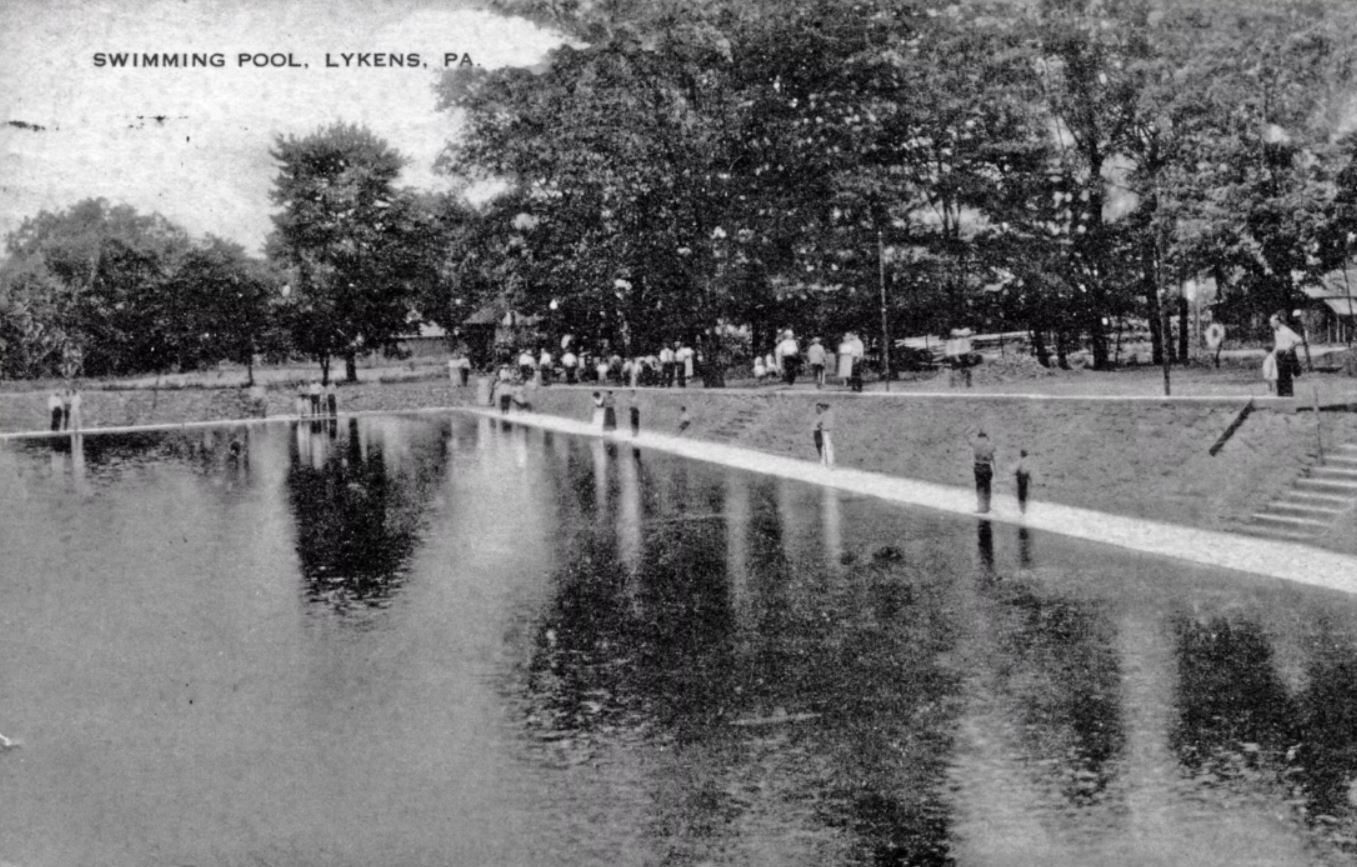
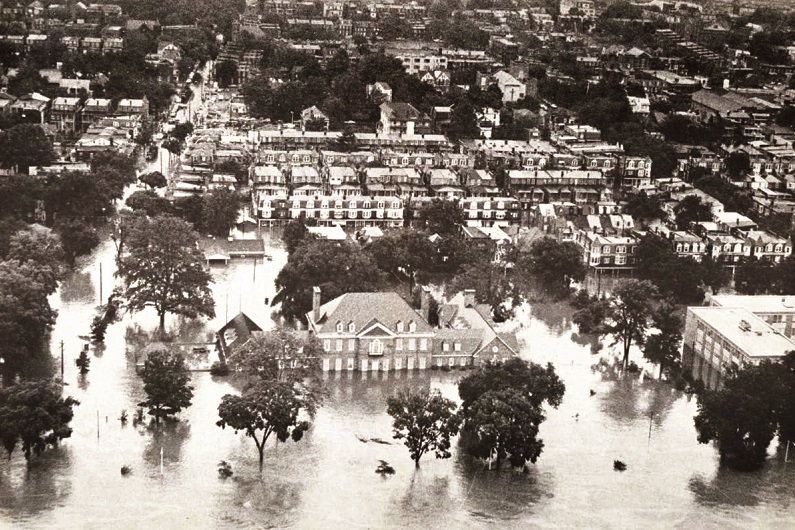
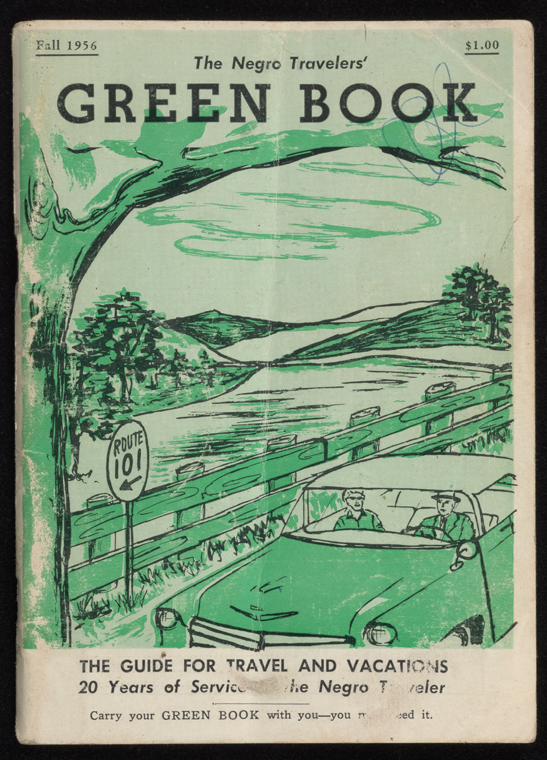
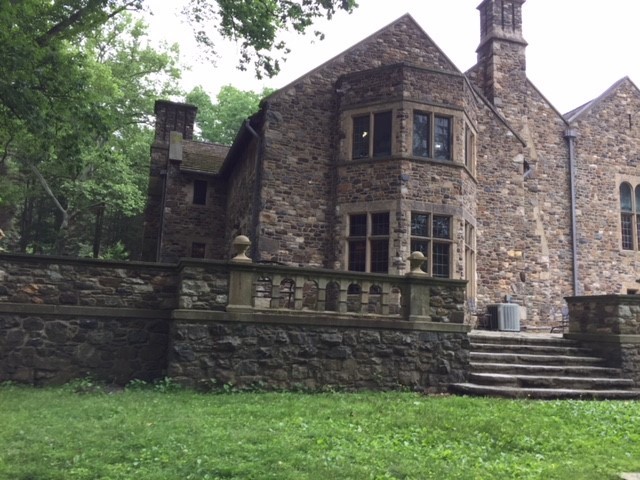


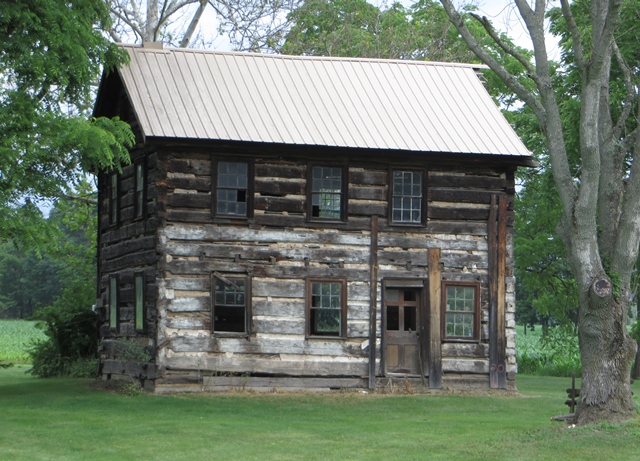

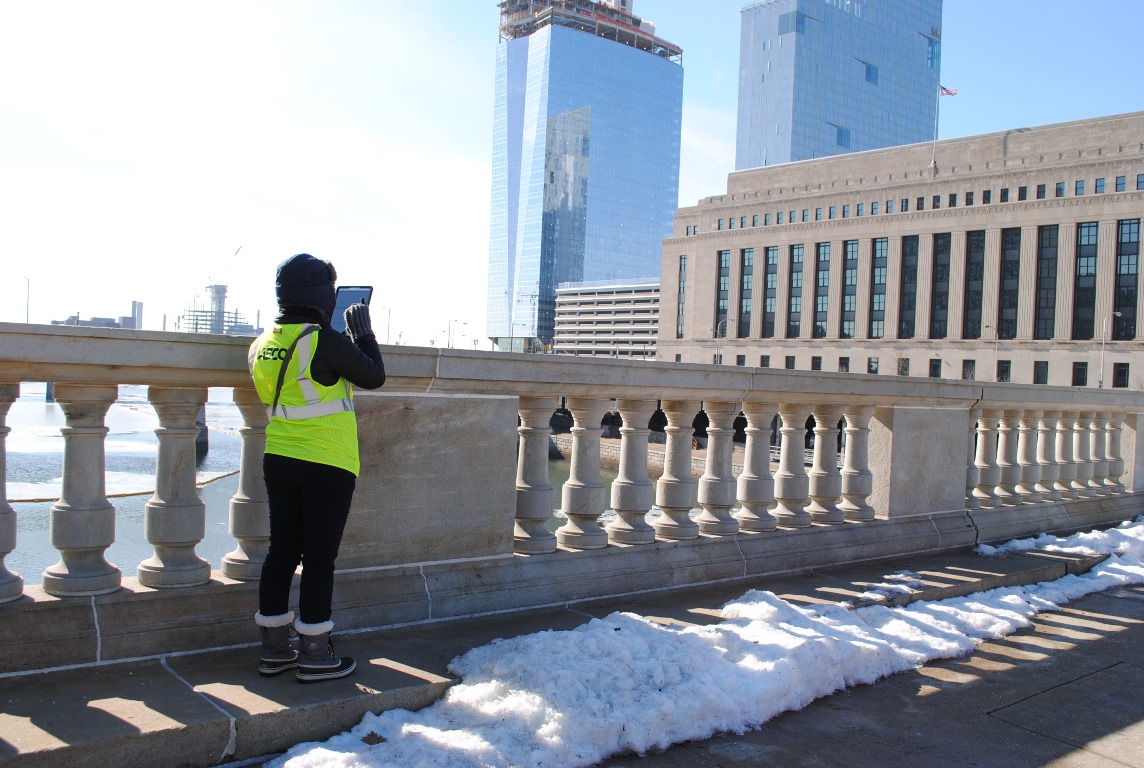

Recent Comments